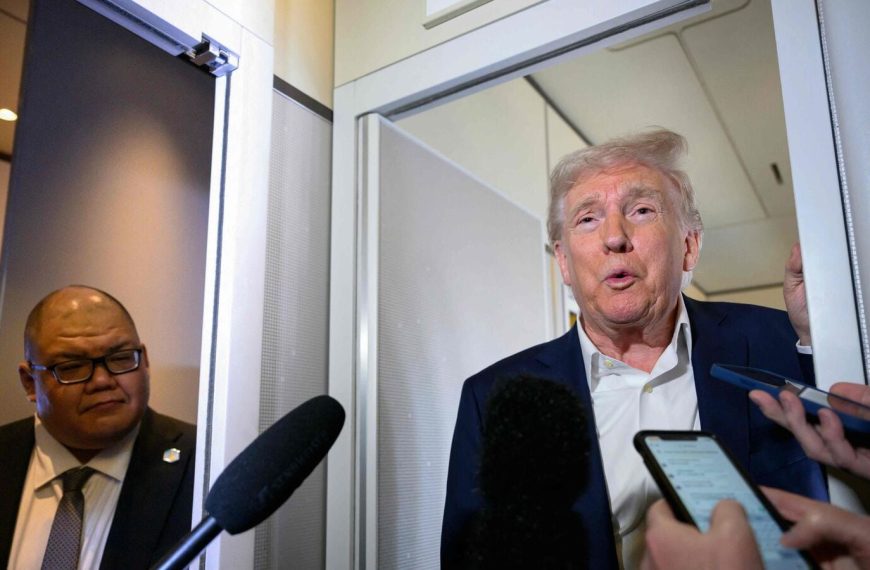In a significant policy shift that could favor American exporters, the Directorate General of Foreign Trade (DGFT) in India has announced an extension of the export obligation period for walnuts imported under the Advance Authorization scheme. This new regulation aligns the timeline for walnut shipments with the standard 18-month period applicable to most products, offering relief to traders who previously faced a stricter 180-day deadline for re-exporting processed walnuts.
Positive Impacts on US Walnut Exporters
This change is expected to enhance the purchasing capabilities of Indian importers, particularly benefiting the US walnut industry, which plays a crucial role in meeting India’s walnut demands. Ajay Srivastava, founder of the Global Trade Research Initiative (GTRI), highlighted that the extended timeframe allows Indian traders to manage their import strategies more effectively without the stress of a tight deadline. This flexibility could encourage greater imports from the US, which currently supplies about 66.8% of India’s walnut needs.
- Previous Regulations: Importers were bound to re-export shelled walnuts within 180 days.
- New Regulations: The DGFT’s Public Notice No. 52, issued on March 27, abolishes this 180-day requirement, allowing walnuts to be treated similarly to other products under the Advance Authorization scheme.
India’s Walnut Import Landscape
In 2024, India recorded walnut imports valued at $1.6 billion, with the United States providing approximately $1.07 billion of that total. This policy adjustment is anticipated to boost demand for US walnuts by giving Indian importers more leeway in their processing and re-exporting operations.
The recent decision comes as part of ongoing trade discussions between India and the US, led by Assistant US Trade Representative Brendan Lynch, who is currently in New Delhi for negotiations on the Bilateral Trade Agreement (BTA). This marks the third strategic move by the Indian government amidst these talks, indicating a concerted effort to strengthen trade ties with the US.
Additional Trade Developments
In parallel with the walnut export obligation changes, India has also made several adjustments aimed at fostering a more favorable trade environment with the US:
- Google Tax: India has eliminated the controversial tax on multinational companies, signaling a willingness to ease tensions.
- Tax Revisions: The Central Board of Direct Taxes (CBDT) has updated income tax rules to provide better incentives for electric vehicle (EV) and battery manufacturers, raising the eligibility threshold for safe harbor rules from ₹200 crore to ₹300 crore.
- Tariff Reductions: India has lowered tariffs on various US products, including bourbon whiskey (from 150% to 100%), Harley-Davidson motorcycles (from 50% to 30%), and ethernet switches (from 20% to 10%).
These initiatives reflect India’s strategic maneuvers to enhance its export market access while addressing trade concerns with the US. As the trade discussions continue, all eyes will be on how these adjustments could shape future bilateral relations and market dynamics.











